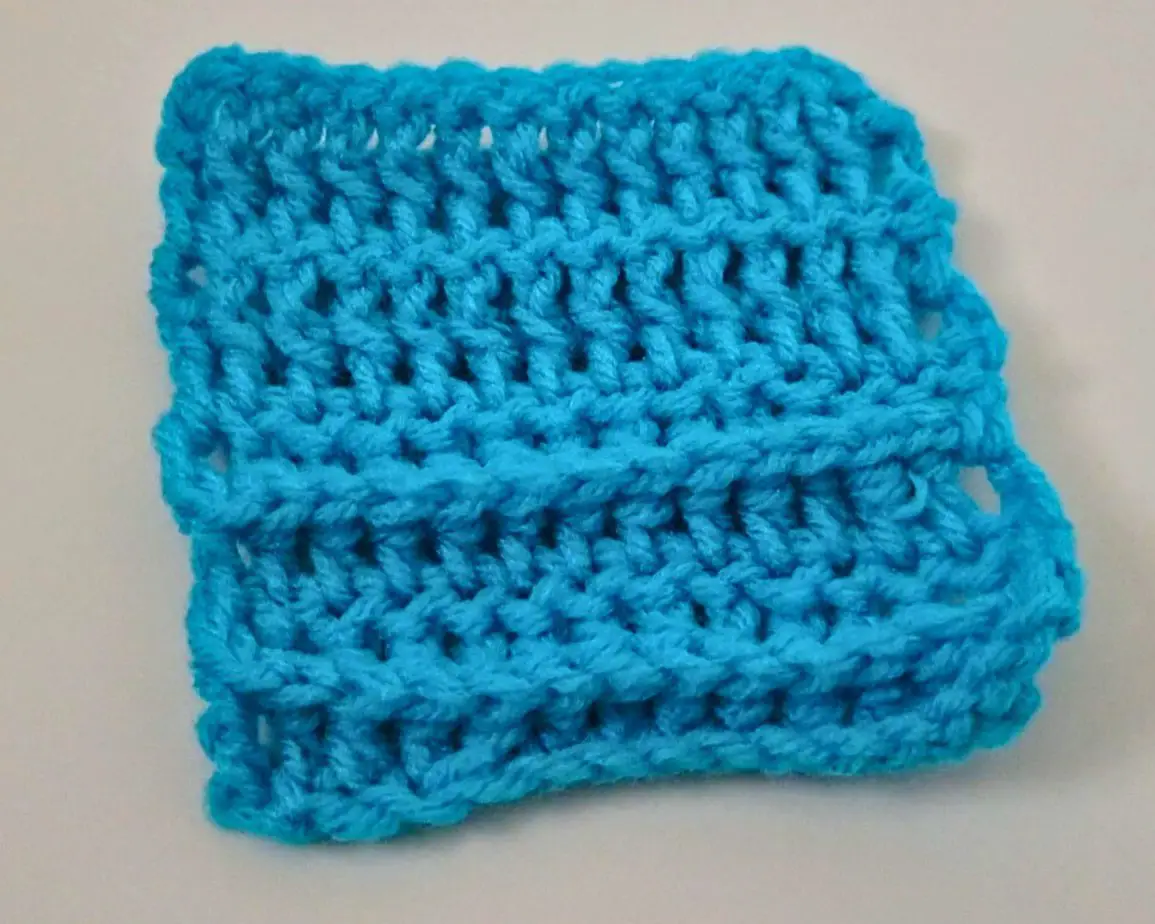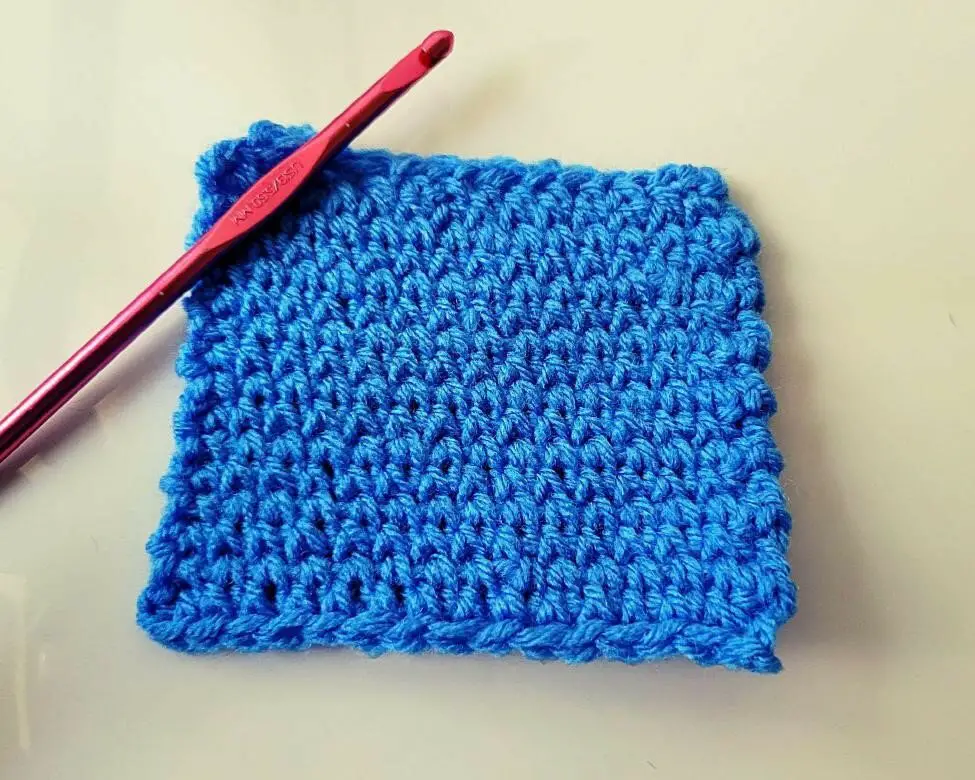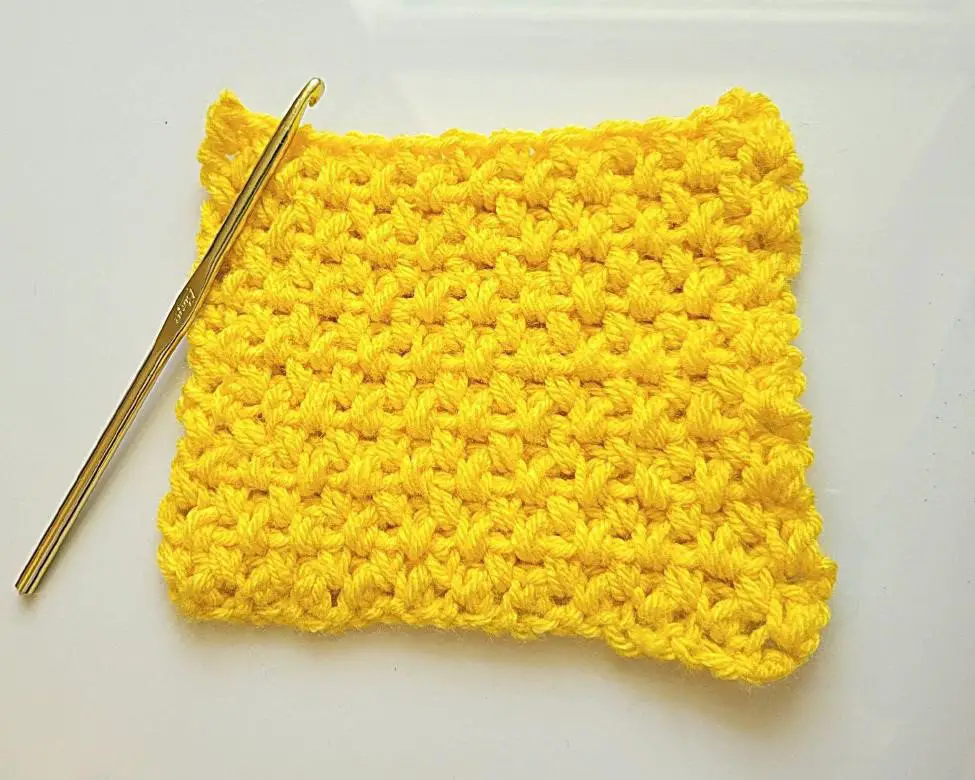Hello and welcome! I’m glad you stopped by today. Have you ever sat down to crochet with the intentions of only spending a few minutes on your project but instead spend more than an hour on it? I have. This not only puts a strain on your back and neck, but it can also put a strain on your wrists and hands. If you’ve ever experienced numbness, pain, or tingling in your hands and fingers you may have carpal tunnel syndrome. Carpal tunnel syndrome is a common condition. If left untreated it can cause serious damage to the major nerves of your hands. Today I’d like to explore carpal tunnel and perhaps we can learn more about this condition, how to avoid it, and what treatments are available.
What is Carpal Tunnel Syndrome?
The main group of nerves for the hands are known as the median nerves. Feeling in the ring, middle, index fingers, and thumb are provided by the median nerves. They run from the neck to the hand grouping as one into the arm. In the wrist is a narrow passageway called the carpal tunnel. Small wrist bones called carpal bones form the floor and sides of the carpal tunnel. The transverse carpal ligament is a strong band of connective tissue which forms the roof of the carpal tunnel. The flexor tendons, the nine tendons which bend the fingers and the thumb, also travel through the carpal tunnel.
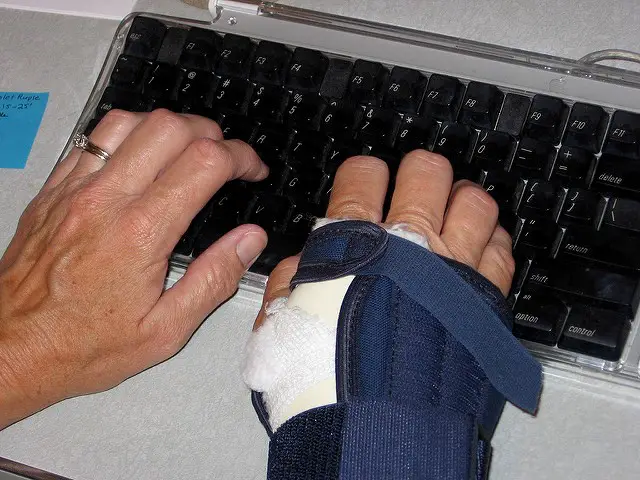
All of these nerves, bones, and tendons must fit through the carpal tunnel, but the carpal tunnel has very little capacity to increase in size or to stretch. The tissue surrounding the flexor tendons is known as synovium The synovium is responsible for lubricating the flexor tendons making it easier to move your fingers. When the synovium swell they put pressure on the median nerve. This pressure can cause tingling, numbness, and pain in the hands.
What Causes Carpal Tunnel Syndrome?
There are many factors which contribute to carpal tunnel syndrome. The most common factor is repetitive movements such as crocheting and typing. I know when I worked in an office I wore wrist supports similar to these to help support my wrists and hands since I did a lot of typing.
Studies show women are more likely to develop the condition than men. Heredity may also be a contributing factor. In some people the carpal tunnel may be smaller or anatomic differences may run in families.
- Repetitive motions or activities over a long period of time can aggravate the tendons of the wrist and cause swelling which puts pressure on the median nerve.
- How you hold your hand and wrist in activities which involve the flexion or extension of the wrist and hand for a prolonged period of time may increase the pressure on the median nerve.
- Pregnancy may cause hormonal changes which cause swelling.
- Certain health conditions such as thyroid gland imbalance, rheumatoid arthritis, and diabetes seem to be associated with carpal tunnel syndrome.
Symptoms of Carpal Tunnel Syndrome
The symptoms of carpal tunnel syndrome come on gradually. They may come and go at first gradually getting worse and more frequent as time goes by. Many people experience symptoms at night because of sleeping with their wrists bent. Symptoms may be severe enough to wake you up at night. Holding an object for long periods of time with your wrist bent forward or backward can also cause the symptoms. Usually, the symptoms resolve themselves if you move or shake your hands.
Here are some symptoms to be on the lookout for:
- Pain or tingling which travels from the forearm toward the shoulder.
- Shock like sensations that radiate to the ring, middle, index fingers, and thumb.
- Clumsiness and weakness in your hand. This may make it difficult for you to perform simple tasks.
- Dropping things because of numbness, weakness, or a loss of proprioception (awareness of where your hand is in space).
When to See Your Doctor
If you experience any of the symptoms it is important to talk to your doctor. If caught early he or she may be able to give you relief. If left unchecked carpal tunnel syndrome may progress enough to need surgery. During your visit, your doctor will perform several exams to determine if carpal tunnel syndrome is the cause of your discomfort.
- He or she will test for tingling or numbness in your fingers by tapping or pressing down on the median nerve at the inside of your wrist.
- Test for numbness or tingling in your hands by bending and holding your wrists in a flexed position.
- Check the strength of the muscles around the base of your thumb.
- Check for atrophy of the muscles around the base of your thumb.
Your doctor may also perform electrophysiological tests to measure how well your median nerve is working and to rule out any other condition. Nerve conduction studies measure the signal conductivity of the signals traveling in the nerves of your hand and arm. This test helps to determine how severe your condition is and guide your doctor’s choice of treatment. An electromyogram (EMG) measures the electrical activity of your muscles. This test can show any muscle or nerve damage.
Your doctor may also use an ultrasound to create high-frequency sound wave pictures of your bones and tissues in your wrists. X-rays may also be used to take pictures of the bones in your wrists and hands. An MRI (magnetic resonance imaging) provide images of the body’s soft tissues. An MRI may help determine if there are other causes of your symptoms or if any abnormal tissues are putting pressure on the median nerve. These are just a few of the tests your doctor may use to help diagnose carpal tunnel syndrome.
Non-Surgical Treatment Options
Carpal tunnel syndrome can be slowed down or stopped if caught early. This is why it is so important to visit your doctor if you begin to experience any symptoms. The first course of treatment involves non-surgical options.
Wearing a brace while you sleep will help keep you from bending your wrist. Keeping your wrist in a neutral position or straight while you sleep reduces pressure on the nerves. You may also need to wear a splint during the day when performing activities which aggravate your symptoms such as crocheting, typing, or any other repetitive actions.
NSAIDs (nonsteroidal anti-inflammatory drugs) such as aspirin, naproxen, and ibuprofen help to relieve inflammation and pain. Changes in your activities will also help relieve symptoms. Avoid holding your hand and wrist in the same position for long periods of time. You may need to modify your activities if your job or recreational activities aggravate your symptoms.

Your doctor may also prescribe nerve gliding exercises. These exercises are performed under the guidance of your doctor or physical therapist. Gliding exercises help your median nerve move more freely within the carpal tunnel.
Corticosteroid or cortisone, powerful steroids, may be injected into the carpal tunnel. These steroids are anti-inflammatory and help relieve a flare up and the more painful symptoms. While they are effective, they are a temporary solution.
Surgical Solutions
If your symptoms are severe or long-lasting your doctor may recommend surgery. The goal of surgery is to release the pressure on your median nerve. This is accomplished by cutting the transverse carpal ligament which forms the roof of the carpal tunnel. This increases the tunnel’s size and decreases the pressure on the median nerve. Surgery may be done under general anesthesia which puts you asleep, or with local anesthesia in your arms and wrist. You may also be under light sedation with IV drugs which make you relaxed during surgery.
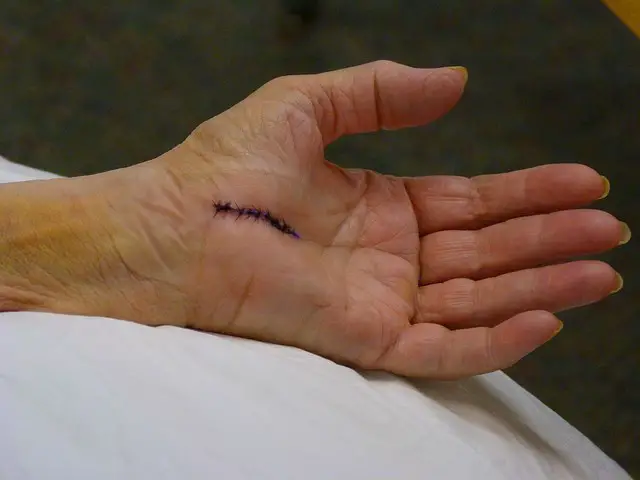
There are two main types of surgery performed. The open tunnel release procedure involves making a small incision into the palm of your hand to expose the inside of your hand and wrist. The transverse carpal ligament is divided by decreasing pressure on the median nerve and increasing the size of the tunnel. Although the ligaments may grow back together eventually, the size of the tunnel will remain increased and the pain relieved.
During an endoscopic carpal tunnel release the doctor makes one or two small incisions in the skin (portals) and using an endoscope (small miniature camera) examines the inside of your hand and wrist. The transverse carpal ligament is then divided using a special knife.
Both types of surgery can be done on an outpatient basis and the results of both surgeries are very similar. Your doctor will determine which procedure is best for your condition and severity of symptoms.
Recovery time after surgery varies while most people regain their pinch and grip abilities from two to three months after surgery. If your median nerve was very damaged, however, you may not regain your pinch and grip abilities for up to a year after surgery. You may also wear a wrist brace for several weeks. Light activities may be permitted if you take care and avoid discomfort. You should be able to drive and perform light gripping and lifting soon after surgery.
Prevention of Carpal Tunnel Syndrome
There are several things you can do to prevent the pain associated with carpal tunnel syndrome. If for example, you clutch your crochet hook tightly try loosening up your grip a bit to avoid stress on your wrists.
- Take regular breaks. I know how easy it is to get wrapped up in a pattern, but take a break and put your work down to stretch your hands at least once an hour. Get up and stretch to help relieve the pressure on your back, too.
- Perform stretching exercises.
- Make a fist a point your fingers out one by one. Do this 10 to 15 times.
- Another exercise is to make a fist and release it spreading your fingers out as wide as you can. Do this 10 to 15 times.
- One that I do all of the time is to touch each of your fingertips to your thumb one by one. Repeat this 10 to 15 times.
- Use ergonomic crochet hooks. These are hooks made for people who suffer from arthritis, carpal tunnel syndrome, or other restrictive conditions. Ergonomic crochet hooks come in many different styles from large bulbous handles to smooth spoon-shaped handles. Find the style which feels the best in your hands.
- Wear wrist splints when you crochet or type. These will support the wrist and help prevent pressure on the nerves.
Carpal tunnel syndrome can be a painful and debilitating condition. But if you know the symptoms and treatment options you can catch it early and seek treatment. If treated early, it can be reversed and stopped.
End Notes
Thank you for stopping by today. I hope you found this blog interesting and educational. I have suffered from carpal tunnel pain for many years. Most of my jobs have involved repetitive hand motions such as cashiering and typing. For many years I had to wear wrist splints at night to give me relief from pain and numbness. I remember when I was a nail tech it was quite the challenge to hold my electric file with numb fingers. Today my pain has lessened since I don’t work full time anymore. I am able to enjoy crocheting as long as I remember to take breaks and stretch my hands.
How about you? Have you suffered or are suffering from pain related to carpal tunnel syndrome? Have you had surgery and how did it work out for you? I’d love to hear your story in the comments. Thanks again for stopping by, and as always take care and keep on hooking!

